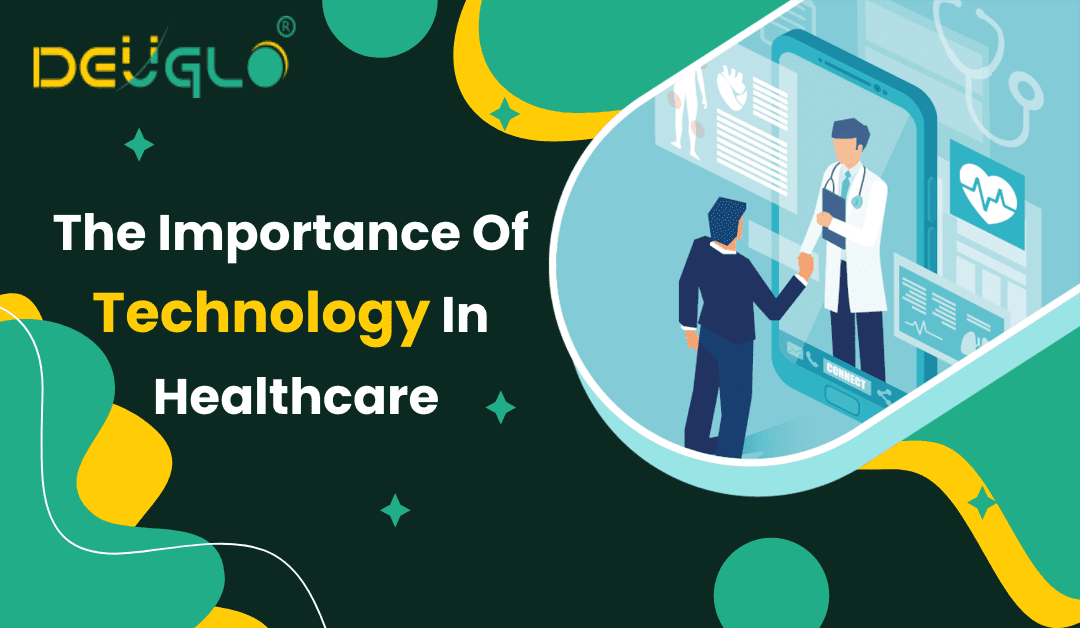Technology and information systems play a central role in any healthcare system. In order to make the most of the opportunities and to mitigate the risks, both the public and the private sectors need to consider the impact of technology on healthcare and the implementation of better use. Technology is constantly transforming the way doctors diagnose, treat, and prevent patients from falling ill. Its impacts are also seen across the pharmaceutical and medical care industries. Let’s see how technology is showing impact on the healthcare sector in this article.
- Telemedicine
Telemedicine has been around since ancient times but was not extensively used until the 20th century. Today, telemedicine is widely applied across many different medical fields. In addition to being able to see patients from afar, digital technology allows doctors to share information and resources at a much faster rate than ever before.
- Wearable Sensors & Tech
Wearable sensors are being developed at an incredible pace. They allow us to monitor our health while improving the quality of life for those who suffer from chronic conditions. With this technology, we can measure our heart rate, blood pressure, sleep patterns, and many other metrics that were once difficult to track. We can even track our mental state using wearable sensors.
- Medical Devices
Medical devices are used to help patients recover from illness and injuries, while improving their quality of life. They can be used for diagnostic purposes, treatment, monitoring, prevention, rehabilitation, education, research, and training. In recent years, technology has revolutionized the field of healthcare and medical devices have become increasingly accessible and affordable. From computerized tomography scans to artificial hearts, these medical innovations have improved the lives of millions of people across the globe.
- E-Health & e-Clinical
E-health refers to the use of information communication technologies (ICT) for health care purposes. E-clinical refers to the use of ICT for clinical activities, such as electronic patient records, clinical decision support systems, electronic prescribing, and remote data collection. These two terms are often used interchangeably.
- Patient Monitoring
In recent years, we have seen a significant change in healthcare technology. This has been driven largely by the advent of smartphones, wearable devices, and other connected technologies. These are being used to help patients monitor their own health and share information with their doctors.
- Wearable Devices
Wearable devices are becoming increasingly popular. They can measure heart rate, blood pressure, temperature, and even track steps taken throughout the day. Patients can use these devices to collect data that they can then send to their doctor.
- Smartphones
Smartphone usage among patients is increasing rapidly. In fact, about 75% of people between the ages of 18-29 own a smartphone. Most smartphones include sensors that allow them to measure things like heart rate, blood sugar levels, and sleep patterns.
- Ultrasound Imaging
Ultrasound imaging was developed as a diagnostic tool for healthcare professionals over 100 years ago. Since that time, it has grown into a multi-billion dollar industry. This is largely due to its unique ability to provide high resolution images of internal anatomy without exposing patients to radiation. Today, ultrasound imaging is used across multiple disciplines in health care including obstetrics, cardiology, neurology, orthopedics, dermatology, urology, and many others.
- Nuclear Medicine
Nuclear medicine is a field of medicine that utilizes radioisotopes (radioactive elements) to diagnose medical conditions like cancer. As early as the 1940s, scientists began using radioactive isotopes to detect abnormalities inside the body. They realized that these isotopes could be detected using special equipment called Anger scintillation cameras. These camera are still widely used today but have been significantly improved. In addition to being smaller and portable than previous models, they can now capture higher quality images and identify specific organs inside the body. With the right technology, nuclear imaging is capable of detecting tumors before they become large enough to feel pain.
- Magnetic Resonance Imaging
MRI stands for magnetic resonance imaging. This type of imaging uses strong magnets and radio waves to produce detailed, cross sectional images of the human body. MRI scanners are able to create extremely clear pictures of soft tissue structures without the use of X-rays or other ionizing radiation. It is commonly used to detect injuries to joints, nerves, muscles, blood vessels, and tendons. There are a number of different types of MRI scans depending on what information doctors want to collect. A routine scan might include an anatomical scan, a functional brain scan, or a scan looking at blood flow. MRI scans can be an excellent diagnostic tool for musculoskeletal injuries.
Gen in touch with us. If you have a Healthcare project in your mind.

